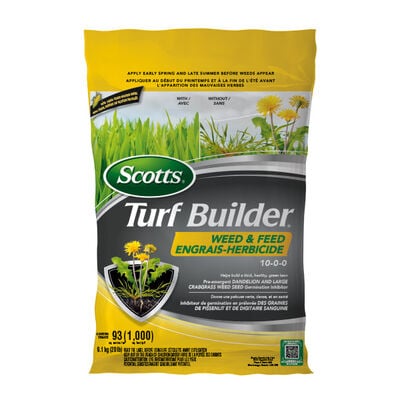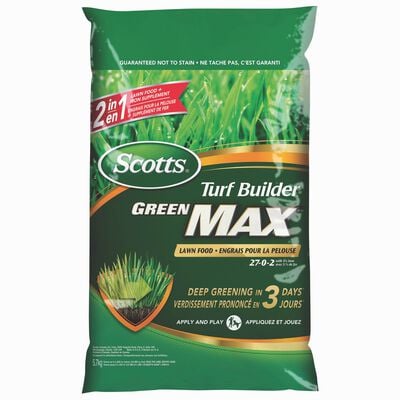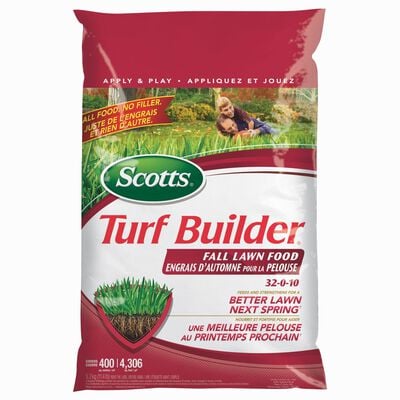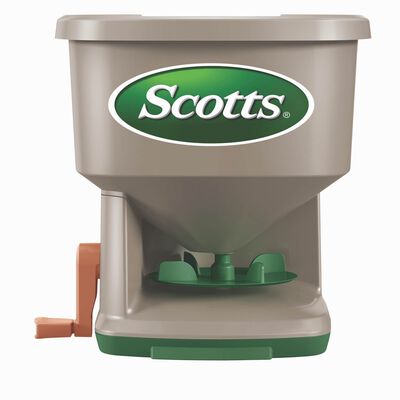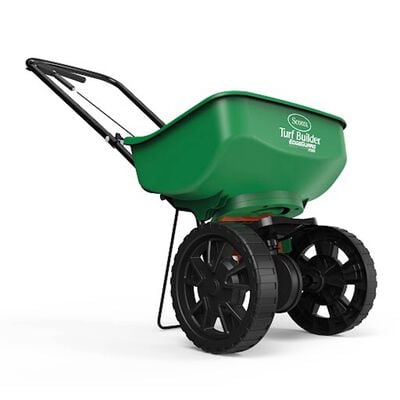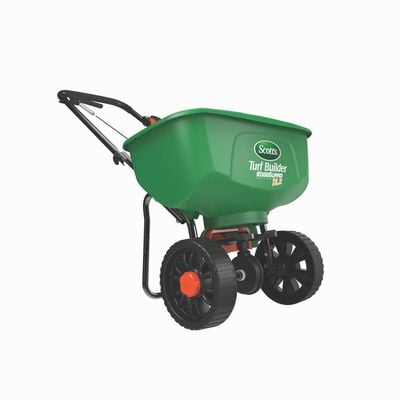
What Happens to Your Grass When You Fertilize
You've seen the most obvious thing that happens when you fertilize the grass: it greens up and grows. But you might not realize that when you feed the grass there's always more happening than meets the eye. The roots are growing deep into the soil to help the plant withstand heat and drought. The blades are growing and making sugars for the plants to use alongside the fertilizer you apply. Depending on the season, the lawn could be "waking up" or getting ready for winter, but either way, regular feeding is a crucial part of lawn care.
For the best looking lawn, fertilize 4 times per year— in early spring, late spring, summer, and fall. Depending on the time of the year, grass needs different things to grow. Knowing when and what to feed will make a huge difference when it comes to having a gorgeous lawn throughout the entire growing season.
What happens when you fertilize the lawn in early spring?
As temperatures rise in the spring, grass has to almost completely rebuild both its root system and top growth in a delicate balance. The new grass shoots that emerge from plants in the spring are called "tillers," and they are what give grass that fresh green look.
Too much top growth, though, and plants will be left without the strong root system they especially need for the heat of the summer. On the other hand, not enough top growth and plants can't store enough sugars to draw upon for nutrition between feedings. What's more, all of this is happening as summer weeds are starting to grow.
During winter months, cool-season grasses such as fescues and bluegrass don't go dormant (they actually remain green) but growth slows to almost a complete halt. Scotts® Turf Builder® Weed & Feed will help the lawn re-establish roots and top growth in the right balance while preventing weeds (like crabgrass) from sprouting.
Be sure to wait 4 months before seeding or sodding after using this product, and do not sprig for 5 months after applying. As with any product, follow all label directions.
What happens when you fertilize the lawn in late spring?
By late spring, the grass is growing quickly, and temperatures are ideal for strong root and top growth leading into summer. Feed grass in the spring with Scotts Turf Builder® Green MaxTM Lawn Food 27-0-2 with 5% Iron to give the lawn what it needs to maintain steady growth. Wait to apply on newly seeded, sodded, or sprigged areas until new grass has been mowed 4 times, and wait at least one month after using this product to seed, sod, or plant grass sprigs.
What happens when you fertilize the lawn in summer.
Summer heat is hard on cool-season grasses. When the temperature rises above 26 degrees, for example, Kentucky bluegrass roots virtually stop growing. A summer lawn feeding helps give the grass what it needs to keep growing when temperatures drop slightly. Scotts® Turf Builder® SummerGuard® Lawn Food 34-0-0 helps to keep your grass green and healthy all summer long.* It's powered by EveryDrop™ Technology*, a wetting agent, which helps drive water into hard dry soil, reducing wasteful water runoff. Plus, it feeds to build strong, deep roots.
What happens when you fertilize the lawn in the fall.
The fall is another time of fast growth for cool-season grasses. Lower temperatures cause grass blades that might have gone dormant and turned brown over the summer to green up again while roots continue to grow deeper. During the fall, grasses are also working overtime to store sugars in their rhizomes that will help them start growing again the following year.
Scotts® Turf Builder® Fall Lawn Food 32-0-10 is a good choice because it's formulated to deliver the nutrients lawns need in the fall to repair damage from the heat, drought, and activity of the summer, ensuring stronger grass in the spring.
Ready to Fertilize?
Choose the spreader that's right for your lawn size.
Small lawns: 1,500 ft2 or less
Scotts® Whirl™ Hand-Powered Spreader
Medium lawns: 5,000 ft2 or less
Scotts® Turf Builder® Edgeguard® Mini Broadcast Spreader
Large lawns: 15,000 ft2 or less
Scotts® Turf Builder® Edgeguard® DLX Broadcast Spreader
Extra-large lawns 20,000 ft2 or less
*When used as directed, greening effects last up to 6 weeks. Results will vary due to temperature and turfgrass type.
